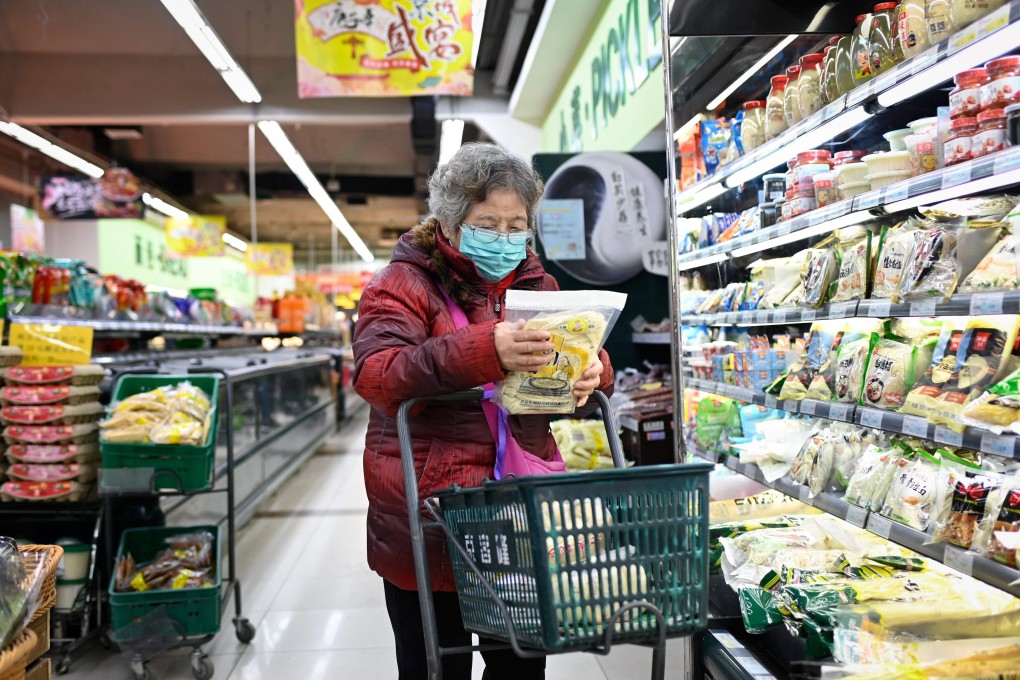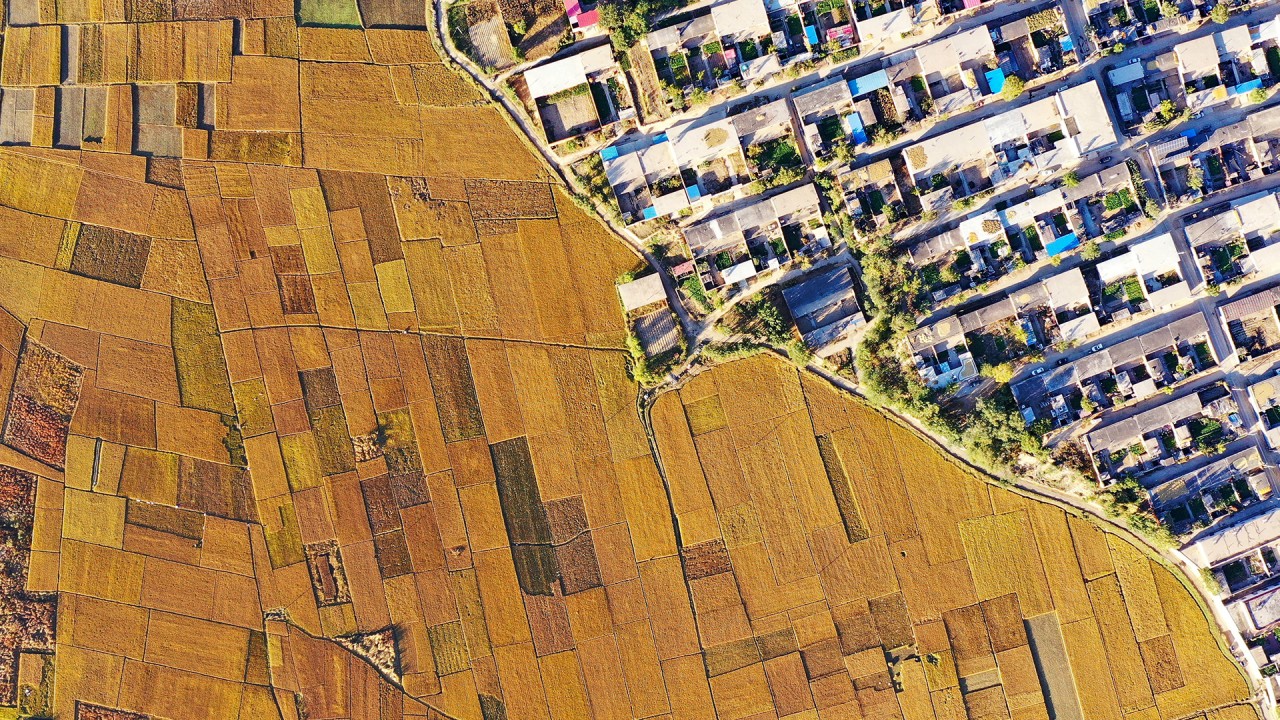Advertisement
Global food prices are going up and China won’t be spared, despite the November dip
- As a major food importer, China is not immune to rising global prices, driven up by supply issues and a weaker US dollar
- A strong yuan can only offer so much protection
Reading Time:3 minutes
Why you can trust SCMP
6

The good news is that China’s food inflation fell 2.2 per cent in November year on year, driven by a 12.5 per cent fall in pork prices after its successful suppression of African swine fever. The bad news is that the fall in China’s food prices will prove short-lived.
Food inflation seems set to rise across the world, as food supply issues and the side effects of pandemic-related monetary policy easing create a situation where soft commodity prices soar.
Data earlier this month from the United Nations’ Food and Agriculture Organisation (FAO) showed that its food price index – which tracks the prices of the most globally traded food commodities – had not only increased for a sixth consecutive month in November, but that the monthly rise was the largest since July 2012.
With all component indices rising in November, the FAO’s food price index is now at its highest level since December 2014. This should give policymakers in Beijing food for thought, particularly as China relies on imports to feed its 1.4 billion people.

02:12
China can expect bumper 2020 harvest despite bad weather and floods, officials say
China can expect bumper 2020 harvest despite bad weather and floods, officials say
A key driver of the food price index was a 14.5 per cent month-on-month surge in the FAO’s vegetable oil price index, which, according to the UN agency, was “led by an ongoing rally in palm oil prices linked to sharp contractions in world inventory levels”. This will have implications for China, the world’s second-largest importer of palm oil after India.
Advertisement
